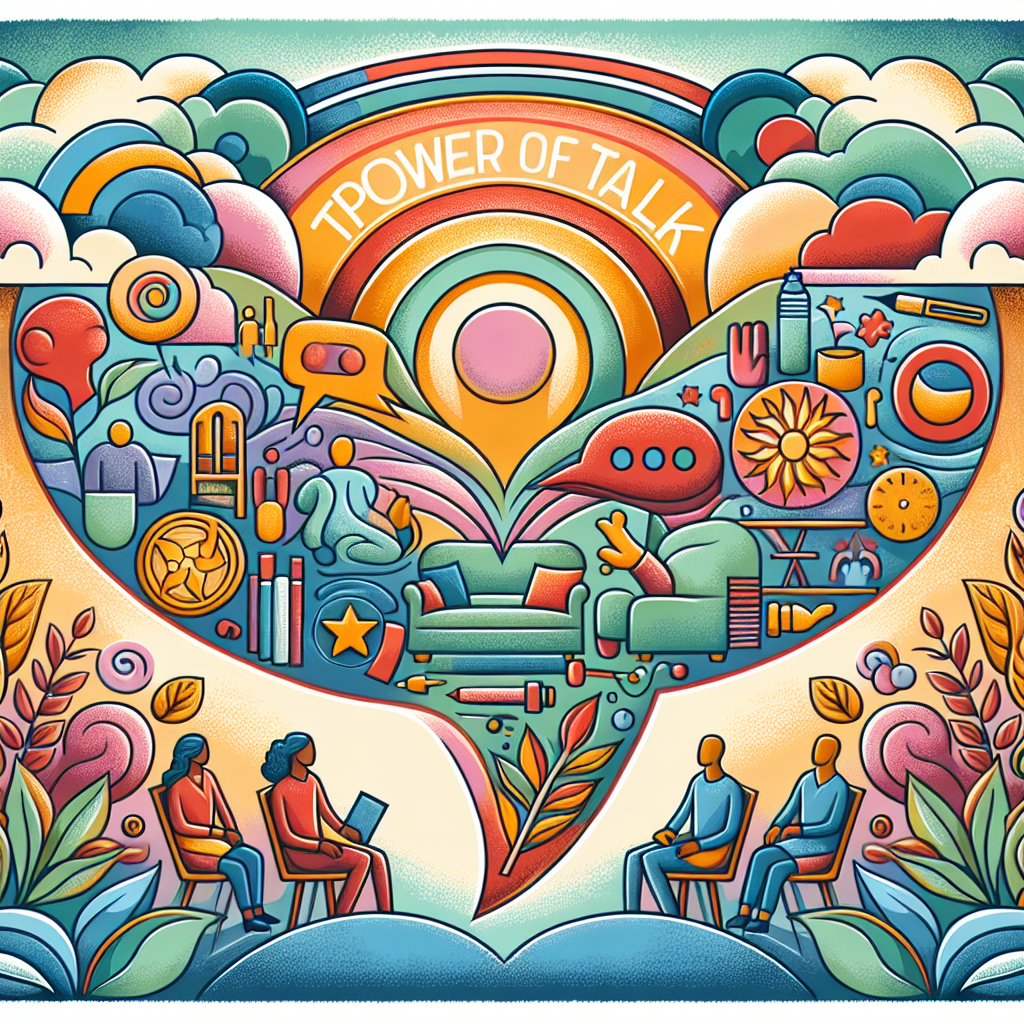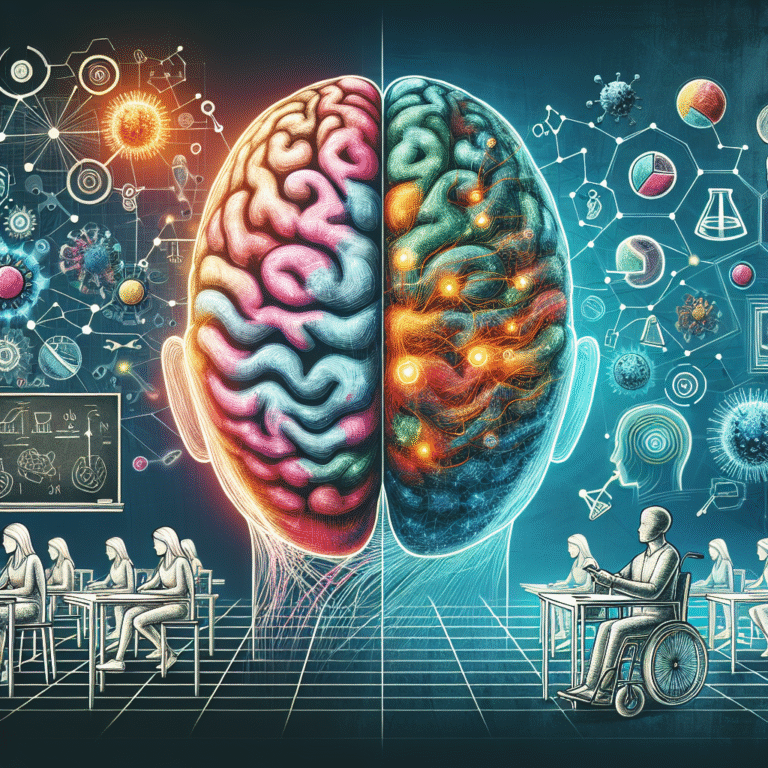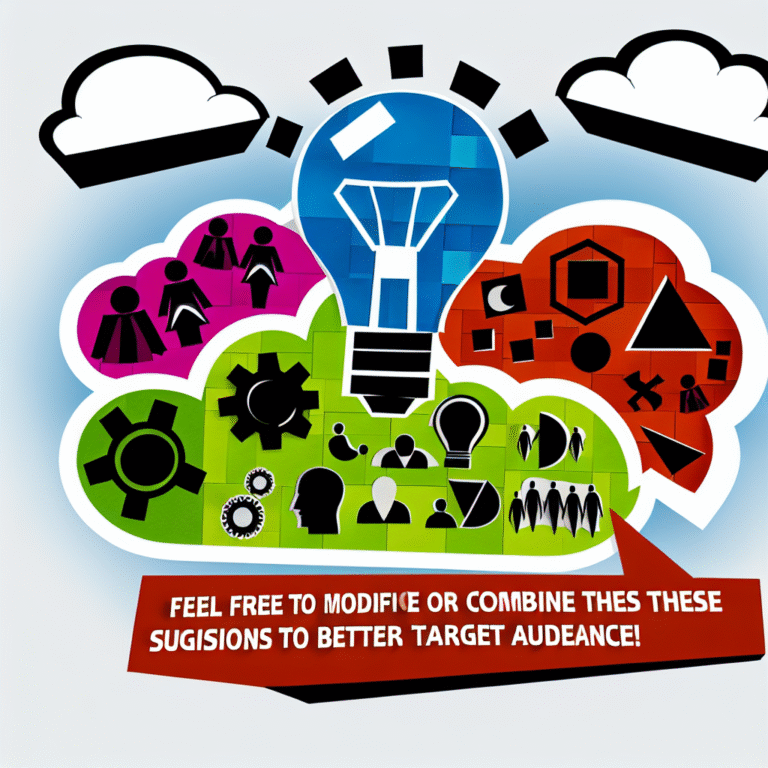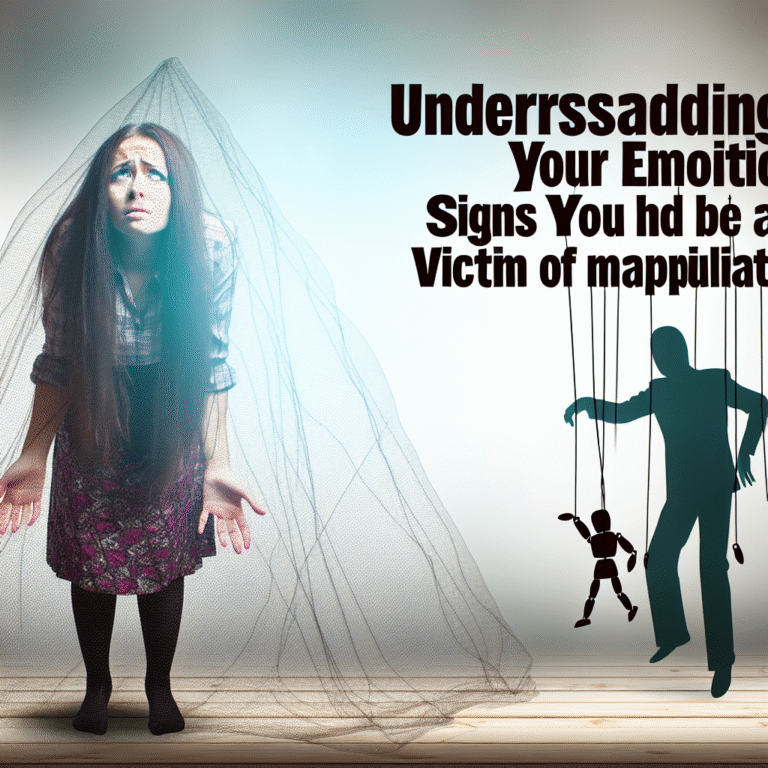
Introduction
In an increasingly complex world, the importance of mental health cannot be overstated. The rise in mental health issues, exacerbated by stressors such as economic uncertainties, social isolation, and global crises, has made mental health counseling more essential than ever. One of the most powerful tools in this realm is the art of conversation, aptly encompassed by the phrase "The Power of Talk: Exploring the Different Therapies Used in Mental Health Counseling." Conversations can heal, transform perspectives, and empower individuals to navigate their emotional landscapes effectively.
This article will dive into the wide array of talk therapies available, supported by case studies, data, and insights into the therapeutic process. By understanding these different therapies, individuals can find the right path for their mental health journey.
Understanding Talk Therapy
What Is Talk Therapy?
At its core, talk therapy involves discussing feelings, thoughts, and behaviors to better understand the self. It’s not just a conversation; it’s a structured process that aims to foster emotional healing, personal growth, and improved mental health. Various approaches to talk therapy exist, targeted towards different needs and preferences.
The Role of the Therapist
Therapists play an essential role in guiding conversations. Their expertise helps to create a safe environment, allowing clients to explore sensitive topics without fear of judgment. The therapist-client relationship is foundational in the process, often described as a collaborative partnership where both parties work towards common goals.
Different Types of Talk Therapy
1. Cognitive Behavioral Therapy (CBT)
Cognitive Behavioral Therapy (CBT) focuses on the relationship between thoughts, feelings, and behaviors. It aims to identify and challenge negative thought patterns, empowering clients to build healthier coping mechanisms.
Case Study:
Consider Sarah, a 29-year-old teacher struggling with anxiety. Through CBT, she identifies self-defeating thoughts like "I always mess up" and learns to replace them with more constructive beliefs. Over ten sessions, Sarah gains the tools to manage her anxiety effectively.
2. Psychodynamic Therapy
Rooted in Freud’s theories, Psychodynamic Therapy explores the unconscious mind’s influence on behavior. It delves into how past experiences shape current emotional patterns.
Case Study:
John, a 35-year-old man, sought therapy to understand his recurring relationship issues. Through psychodynamic exploration, he uncovers childhood experiences that shaped his view on intimacy. By addressing these underlying issues, John improves his current relationships.
| Therapy Type | Focus | Duration |
|---|---|---|
| Cognitive Behavioral Therapy | Thoughts and Behaviors | 12-20 sessions |
| Psychodynamic Therapy | Unconscious Mind | Several months to years |
3. Humanistic Therapy
This approach emphasizes personal growth and self-actualization. Humanistic Therapy encourages clients to take responsibility for their feelings and actions, promoting a more profound self-understanding.
Case Study:
Emily, a 27-year-old artist, feels stuck in her creative endeavors. Humanistic therapy helps her reconnect with her inner self, encouraging her to pursue her passions without fear of judgment. Emily creates a series of artworks, reflecting her personal growth.
4. Dialectical Behavior Therapy (DBT)
Originally developed for borderline personality disorder, DBT blends cognitive-behavioral techniques with mindfulness practices. It emphasizes emotional regulation and interpersonal effectiveness.
Case Study:
Mark, a 24-year-old in recovery from substance abuse, found DBT transformative. By learning to manage intense emotions and improve relationships, he successfully maintains his sobriety.
5. Acceptance and Commitment Therapy (ACT)
ACT encourages clients to accept their thoughts and feelings rather than fight them. It fosters psychological flexibility and commitment to personal values.
Case Study:
Lisa, a 30-year-old who struggles with chronic pain, discovers through ACT how to accept her condition, reframe her relationship with pain, and concentrate on what truly matters to her life.
The Science Behind Talk Therapy
Research consistently shows the efficacy of talk therapy in improving mental health outcomes. Studies reveal that individuals who engage in talk therapy experience significant reductions in symptoms of anxiety, depression, and other mental health disorders.
Effectiveness and Statistics
A meta-analysis of over 600 studies demonstrates that approximately 75% of individuals who enter therapy show some benefit. Factors such as the therapeutic alliance, client motivation, and specific therapy techniques play a crucial role in these outcomes.
| Key Statistics | Percentage |
|---|---|
| Clients showing improvement | 75% |
| Recurrence rate of symptoms | 50% after 1 year |
Importance of Personal Fit
Choosing the right type of therapy is crucial. Personal preferences, comfort with the therapist, and specific mental health issues all factor into the effectiveness of treatment. This notion underscores the importance of "The Power of Talk: Exploring the Different Therapies Used in Mental Health Counseling."
The Therapeutic Process
Stages of Therapy
- Assessment: Initial meetings involve understanding the client’s history, goals, and challenges.
- Goal-Setting: Both the therapist and client collaboratively establish clear, achievable goals.
- Intervention: This stage incorporates the therapeutic techniques suited to the client’s needs.
- Evaluation: Progress is consistently evaluated to ensure that the therapeutic objectives are being met.
The Importance of Feedback
Regular feedback between therapist and client is vital. It ensures the therapy remains relevant and effective, allowing for any necessary adjustments.
Overcoming Barriers to Talk Therapy
Stigma Surrounding Mental Health
Despite growing awareness, stigma around mental health persists, often hindering individuals from seeking help. "The Power of Talk: Exploring the Different Therapies Used in Mental Health Counseling" can combat this stigma by promoting open conversations about mental health.
Real-World Example:
Community workshops that focus on demystifying therapy engage people and encourage dialogue. They show that talking about mental health openly can normalize the experience of seeking help.
Financial Considerations
Affordability remains a concern for many. Exploring community resources, sliding-scale fees, and insurance coverage can make therapy more accessible.
Finding the Right Therapist
Individuals may face challenges in finding a therapist suited to their needs, including compatibility, approach to therapy, and specialization. Online platforms can help match clients with appropriate therapists.
Conclusion
The Power of Talk: Exploring the Different Therapies Used in Mental Health Counseling highlights the remarkable potential of conversation in enhancing mental well-being. As we’ve discussed, various therapeutic approaches offer distinct advantages, making it crucial for individuals to find the right fit for their needs.
As we continue to prioritize mental health awareness, we must recognize the potential of talk therapy. Let each of us commit to breaking the stigma, encouraging open dialogue, and supporting those on their mental health journeys.
FAQs
1. How do I know if therapy is right for me?
If you’re experiencing feelings of distress, anxiety, or depression, or facing challenges in your day-to-day life, therapy can provide support and actionable strategies.
2. How can I choose the right type of therapy?
Consider your personal preferences, the issues you want to address, and seek initial consultations with different therapists to find the best fit.
3. Are there effective therapies for children and adolescents?
Yes, many therapies, including play therapy and family therapy, are tailored to help children and adolescents cope with their emotions and challenges.
4. Is talk therapy effective for everyone?
While many find talk therapy helpful, some might require different approaches, such as medication or alternative therapies. It’s essential to discuss options with a mental health professional.
5. How long should I expect to be in therapy?
The duration of therapy varies based on individual needs and goals. Some may benefit from a few sessions, while others may engage in longer-term therapy for more profound issues.
In summary, "The Power of Talk: Exploring the Different Therapies Used in Mental Health Counseling" serves as a powerful reminder of the impact of conversation on our mental well-being. By fostering understanding and commitment, we can all contribute to a healthier, more supportive world.

















